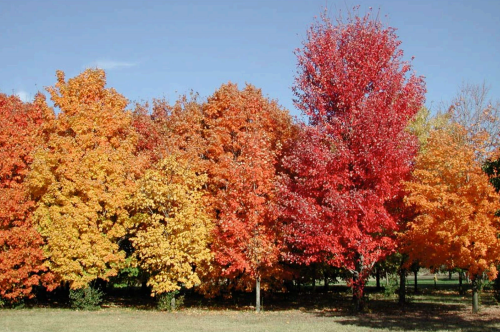From a January 6 New York Times article by Joshua A. Krisch foreseeing high production of maple syrup
…because this year, the region is likely to have what is known in botany as a mast year — a time every few years when perennial trees like sugar maples synchronize their seed cycles, and flower as one. Low-seed years usually lead to mass blooms, and may bode particularly well for the maple syrup industry.
In a paper published recently in the journal Forest Ecology and Management, ecologists at Tufts University near Boston suggest that syrup and seed production are linked. Because 2014 was a low seed year for maples, the scientists reason, maple trees invested spare energy into producing more carbohydrates. This year, the trees will use those carbs to flower — and fill sugar makers’ pails with rich, sweet sap.
“When you collect sap to make syrup, what you are actually collecting is the stored carbohydrates of the tree,” said Joshua M. Rapp, a biologist at Tufts and an author of the study. “If those energy stores are affected by seed production, we should see a link between seed production and maple syrup production.”



